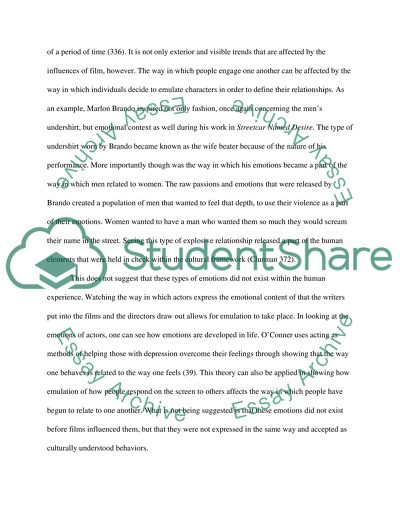Cite this document
(“Emotions and Socialization: how Film Influenced the Way Culture Essay”, n.d.)
Retrieved from https://studentshare.org/visual-arts-film-studies/1432735-film-and-american-culture-studies
Retrieved from https://studentshare.org/visual-arts-film-studies/1432735-film-and-american-culture-studies
(Emotions and Socialization: How Film Influenced the Way Culture Essay)
https://studentshare.org/visual-arts-film-studies/1432735-film-and-american-culture-studies.
https://studentshare.org/visual-arts-film-studies/1432735-film-and-american-culture-studies.
“Emotions and Socialization: How Film Influenced the Way Culture Essay”, n.d. https://studentshare.org/visual-arts-film-studies/1432735-film-and-american-culture-studies.


